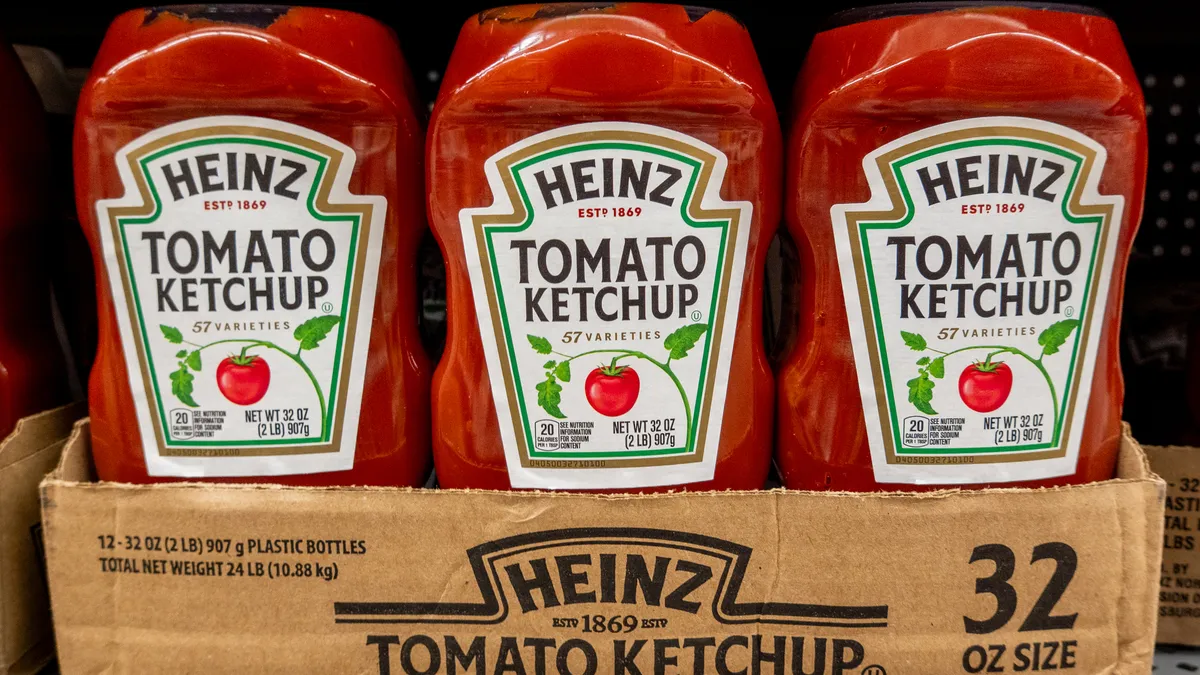The IRS is probably the last organization to be heralded as a pioneer in robotic process automation (RPA). Yet the agency is set to launch its newly tested automation program to zip through approximately 4,300 yearly compliance checks for new vendors, decreasing the manual processing time from two to four hours down to just two minutes.
This couldn’t come at a better time. Since 2010, the agency lost almost 40% of its contracting specialists and 16% of its funding, while the workload has risen.
The IRS is not alone in its efforts. Private sector companies are placing increasing importance on procurement automation and technology. But the technologies only work if employees trust the results. Making changes requires a top-down leadership approach, a cultural shift and a demonstration of positive results in a hands-on way.
Capturing institutional knowledge
Traditionally procurement has been largely policy- and rules-driven, Ram Krishnan, the chief marketing officer of Aera Technology, told Supply Chain Dive. Over time, the procurement specialist becomes the master of these policies, negotiating the contracts and developing expertise in internal processes, structures and supplier relationships. If that person leaves the company, the bulk of that knowledge leaves too.
While rules are kept in master data, they are not always updated over time. This is where artificial intelligence (AI) and machine learning (ML) will make a difference, Krishnan said. "This notion of digitizing and machine learning makes the institutional knowledge problem go away," he said.
"If you talk to any CTO, there’s a strong willingness to adopt future technologies ... It’s just the power of things from yesterday holding them back."

Ram Krishnan
Chief Marketing Officer, Aera Technology
Documenting procurement changes in the system ensures trust. If changes are made in a purchase order via phone call, that information doesn’t always make it into the system. Procurement specialists may keep that information in their brains, not the computer memory.
In cases like that, "you don’t have a digital trace anywhere," Krishnan said. Procurement software should allow the decision to be captured and tracked, even outside the formal contracting process, so it becomes part of the decision-making going forward.
If AI and ML are applied properly to procurement, you won’t even know it’s there, Scott Pezza, director of emerging technology and financial supply chain research at SAP Ariba, told Supply Chain Dive.
That said, trusting the system’s predictions or recommendations can be a matter of faith. "Simple math is easy to trust. Strategic decisions, prioritization, that is a place where we as providers have to prove they are reliable," said Pezza.
Clean data breeds clean, trustworthy results
When working with data and finding patterns, the end results are only as good as the input. Garbage in/garbage out isn’t a new concept. However, with new technology systems integrated into daily workflows, data cleaning must happen more often, Pezza said.
"Your approach to master data management probably changes because you need ongoing audit and cleansing to make sure it’s clean when it goes in, so you have a process that doesn’t increase inaccuracies," he said.
That means adding more controls over data access and editing. It could also mean fewer employees accessing that master data. If staff is going to trust the results of predictive or prescriptive analytics, they need to ensure it’s based on the best information possible. "That’s not something I’d feel comfort doing unless I had a strong data hygiene on a daily basis," Pezza said.
Procurement departments need to designate a person to provide skeptical oversight, said Pezza. This person would take a step back from the data for bigger picture thoughts about hygiene issues and data bias feeding into the system. An HR system may have compromised historical data because of past human bias. If that’s the data used, technology will learn from that. "A nonbiased piece of technology will result in biased results," Pezza said.
Which procurement technologies are ripe for digitization?
Not all procurement tasks have a mature automation solution. Krishnan sees the early stages of automation in procurement happening mainly in the PO process or in managing changes in the request for quotation (RFQ) process. "Changes in prices and schedules are getting pulled in and pushed out. Many of those processes which required supervision are being automated if they fall within certain thresholds," Krishnan said.
Level of maturity for digitization
| <-- Most mature | Least mature --> | ||
|---|---|---|---|
| Accounts payable | Advanced shipping notices | Service related transactions | Contracts |
| Accounts receivable | Goods received | Milestone payments | Requests for proposal |
| Purchase orders | Vendor compliance | ||
| Invoices |
Contracts and RFPs can be difficult to automate because although they are somewhat structured. Responses and clauses can be a lot like a conversation, "You need to reduce them down to line level rules, but clauses like volume purchasing – how do you translate that?" Pezza said.
Even if not mature, solutions are possible. Deloitte highlighted one solution in the Deloitte Global CPO Survey 2016 - Procurement: at a Digital Tipping Point? that used advanced optical character recognition, natural language processing and ML to identify contract terms and export contracts to structured programs like Excel. Deloitte used this program for one client, processing 30,000 agreements in a month.
The IRS deployed a custom-built tool to automate part of its vendor compliance process. The system will perform a compliance check on new vendors by sending the business DUNS number to a bot that will scan multiple databases to search for relevant information. The results will be compiled in a PDF document, with staff signing off on each one. The automated system, which takes two minutes per vendor check, almost eliminates the two to four hours of human processing time for each vendor. The IRS anticipates shifting tens of thousands of hours formerly used on the manual process, to higher value work.
As for automating all procurement roles, though, "it’s a little early for complex negotiations, compliance, reconfiguration, spend performance and vendor management," Krishnan said.
A matter of trust
Understandably, people trust what they already know. "There’s a reason Excel is so popular, even in large businesses," said Pezza, so much so that in parts of the forecasting and planning software market, it’s a selling point to say the software is "Excel-like."
Moving to a clean dashboard where numbers and recommendations pop up can lead to skepticism. Some are more comfortable seeing the complicated calculations in Excel, even if they’re unsure the calculation is correct, Pezza said.
"Simple math is easy to trust. Strategic decisions, prioritization, that is a place where we as providers have to prove they are reliable."

Scott Pezza
Director of Emerging Technology and Financial Supply Chain Research, SAP Ariba
Not all systems using AI or ML show how certain results were attained, which can also result in mistrust. Aera addresses that by allowing users to drill down to the transaction level, said Krishnan, so users better understand the data behind recommendations.
Procurement professionals with audit trace capabilities may be more willing to trust the automation’s recommendations than those who just see results with no opportunity to understand the ML process behind the results. "If you talk to any CTO, there’s a strong willingness to adopt future technologies. Strategically, people are look up at them. It’s just the power of things from yesterday holding them back, and they are looking at it carefully," Krishnan said.
Getting employees on board
The user experience for these newer technologies is better than in the past, with users not needing to memorize shortcuts, for example. "It’s not the benefit necessarily of machine learning, but the benefit of moving to a system with machine learning embedded. It’s moving to a more modern system," Pezza said. It doesn’t require additional knowledge or training
Accepting the new technologies has to start from the top, Krishnan said, with some companies employing full-time transformation executives or a transformation office to enable best practices and roll out initiatives company-wide. The leaders must promote a culture of innovation.
Procurement specialists may be more willing to use new technologies when they see higher quality results in less time. The end results may not look different than what the person got manually, but it would take less time and perhaps offer additional insights, Pezza said.
Instead of being reactionary, with the procurement department printing out lists of what’s needed in the coming weeks or months, an automated procurement system would be proactive. It would give actionable recommendations at a decision point in the process, said Krishnan. To better understand the recommendation, the buyer can then dig for more information on why that recommendation was made. "Instead of being transactional, the buyer can be more strategic,” Krishnan said. "Now they’re a choice maker."
This story was first published in our weekly newsletter, Supply Chain Dive: Procurement. Sign up here.





















